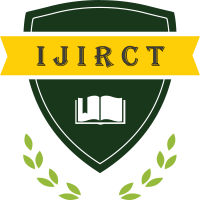Hindutva and Indian Nationalism: Examining the ideological foundations and political implications of Hindutva
Author(s): Parul Singh
Publication #: 2408030
Date of Publication: 07.08.2024
Country: India
Pages: 1-8
Published In: Volume 10 Issue 4 August-2024
Abstract
This paper explores the ideological foundations and political implications of Hindutva, a form of Hindu nationalism that has significantly influenced contemporary Indian politics and socio-cultural dynamics. The study delves into the historical development of Hindutva, tracing its origins to the 19th century anti-colonial movements and the establishment of the Hindu Mahasabha in 1914. Key figures such as Vinayak Damodar Savarkar and Madhav Sadashiv Golwalkar played pivotal roles in shaping and propagating Hindutva, emphasizing a unified Hindu identity and advocating for Hindu cultural dominance. The research methodology involves interpretive, analytical, and comparative approaches, utilizing primary and secondary sources from renowned libraries and online resources. The paper examines the impact of Hindutva on India's political landscape, particularly under the Bharatiya Janata Party (BJP) and Prime Minister Narendra Modi, highlighting the resulting societal divisions and controversies. Critics argue that Hindutva's majoritarian approach undermines secular principles and marginalizes minority communities, leading to significant debates about religious freedom and the essence of Indian identity. This study aims to provide a comprehensive understanding of Hindutva's evolution, its role in redefining Indian nationalism, and its ongoing implications for India's diverse society.
Keywords: Hindutva, Hindu nationalism, Indian politics, Vinayak Damodar Savarkar, Madhav Sadashiv Golwalkar, Bharatiya Janata Party, Narendra Modi, secularism, religious freedom, Indian identity
Download/View Count: 196
Share this Article
